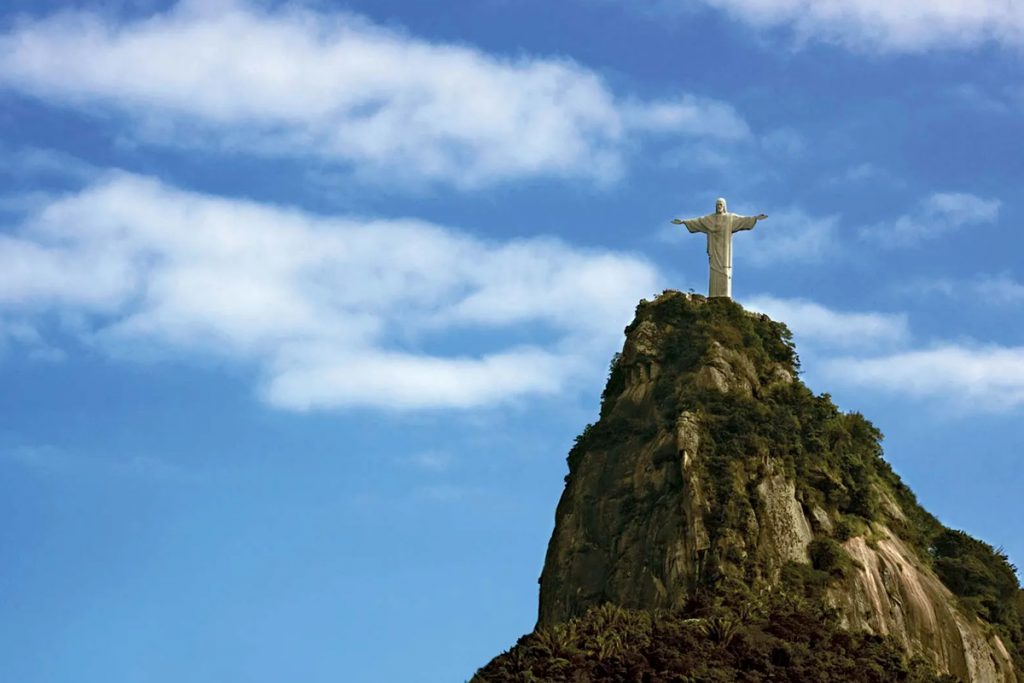We may earn money or products from the companies mentioned in this post.
The statue of Christ the Redeemer is a symbol of Rio de Janeiro. The city of Rio de Janeiro is home to the tallest statue in the world, Christ the Redeemer. The figure stands at its height, and it is spread across space. The statue of Christ the Redeemer is a significant icon of Rio de Janeiro, worshiped by people from across the country and beyond. This article will explore the history of the statue of Christ the Redeemer and its significance in the history of Rio de Janeiro.
The first statue was commissioned in 1908 by the Convent of Bethlehem, a ho-hum interior design business that secretly enjoyed backing the Brazilian monarchy. The design was made by a French sculptor, Paul Landowski. Christ the Redeemer’sRedeemer’s statue would be placed at Corcovado Mountain, which offers an excellent view of Rio de Janeiro. Finally built-in 1931, this statue is not the original one built by Landowski. It had three different statues. The first one toppled down the mountain and was rebuilt in its current form in 2008. The second statue was blown down by strong winds and was replaced in 2009. The third statue was donated to Rio de Janeiro by the people of Paris. This statue represents the woman who raises her right hand to salute Rio’sRio’s people.
Christ the Redeemer is a symbol of Rio de Janeiro and is widely worshiped across Brazil and beyond. Christ the Redeemer attracts millions of worshippers every year. There is a 3-day festival held annually on December 3rd, 4th, and 5th in honor of Christ the Redeemer’sRedeemer’s feast day. The celebration begins with a procession through downtown streets at Maracana Stadium, where fireworks are set off into the night sky as part of an event called ”Jogo Bonito” or ”Beautiful Game” representing Christ being born anew every year on Christmas Day.
The celebration celebrates Brazil’sBrazil’s state religion, Roman Catholicism, which has its roots in Brazil’sBrazil’s Portuguese culture with European influences from Spain, France, and Italy significant from 1500-to 1822 during colonial times when Catholicism was highly influential in Brazil due to few Protestant denominations available and those that were had very defensive attitudes towards it such as Britain’sBritain’s Quakers who were viewed as subversive unless they were married before traveling abroad (which reduced their numbers significantly), but also because there were no missionaries until 1822 so rather than missionary tracts it became common for Catholic priests to print books on a wide variety of subjects.

Hi~Living Deals from "Cellucor"

